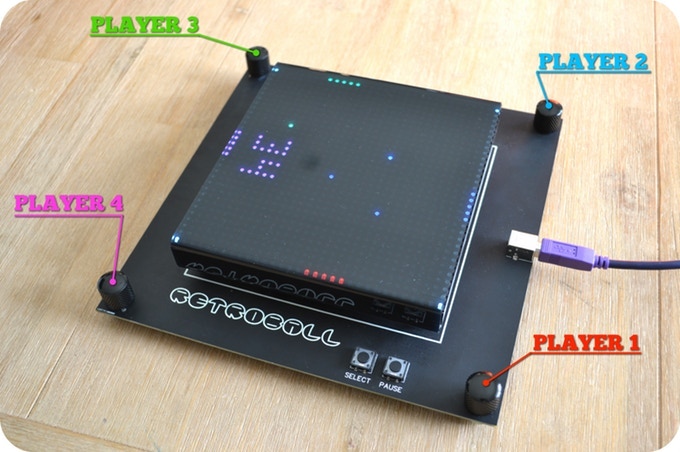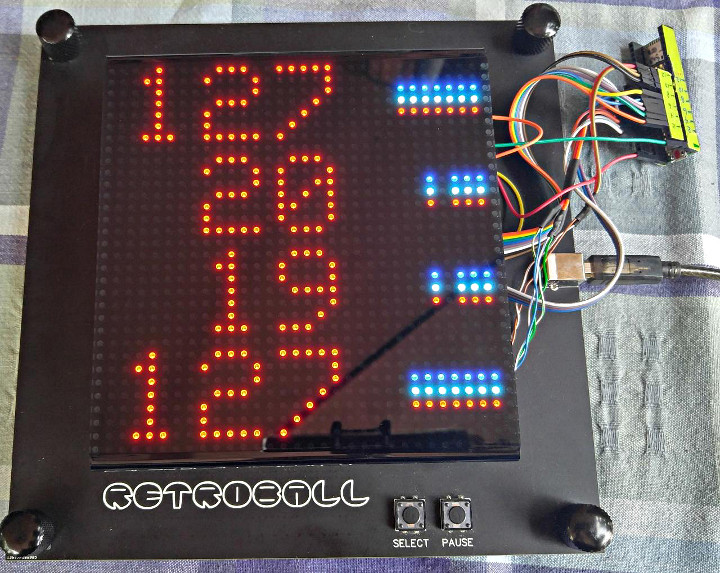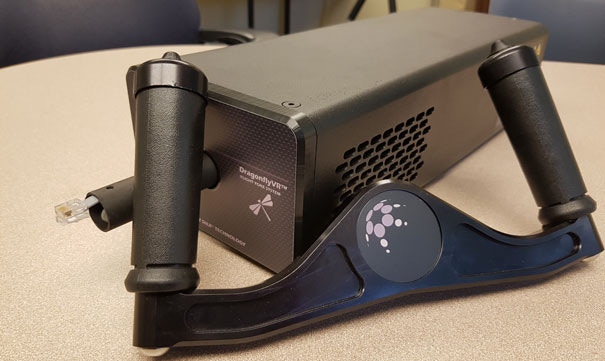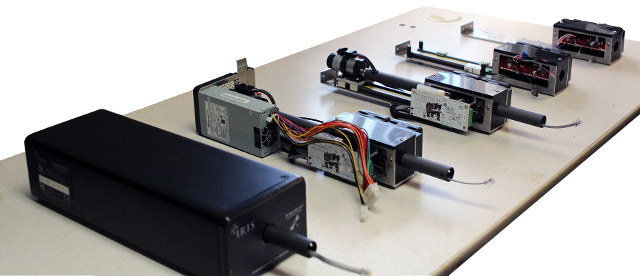Brad Slattery created a build-it-yourself LED based kit for a classic PONG style video game using. Retroball can be played with 2 to 4 players with levels ranging from easy to mayhem.

The project is open source and allows for users to run their own experiments. This is a pretty awesome way to take a basic LED matrix and turn it into a fun game that’s also hackable.
Defragster, a frequent forum contributor, added Teensy support for the project. His forum post includes the details of how he made this happen.








